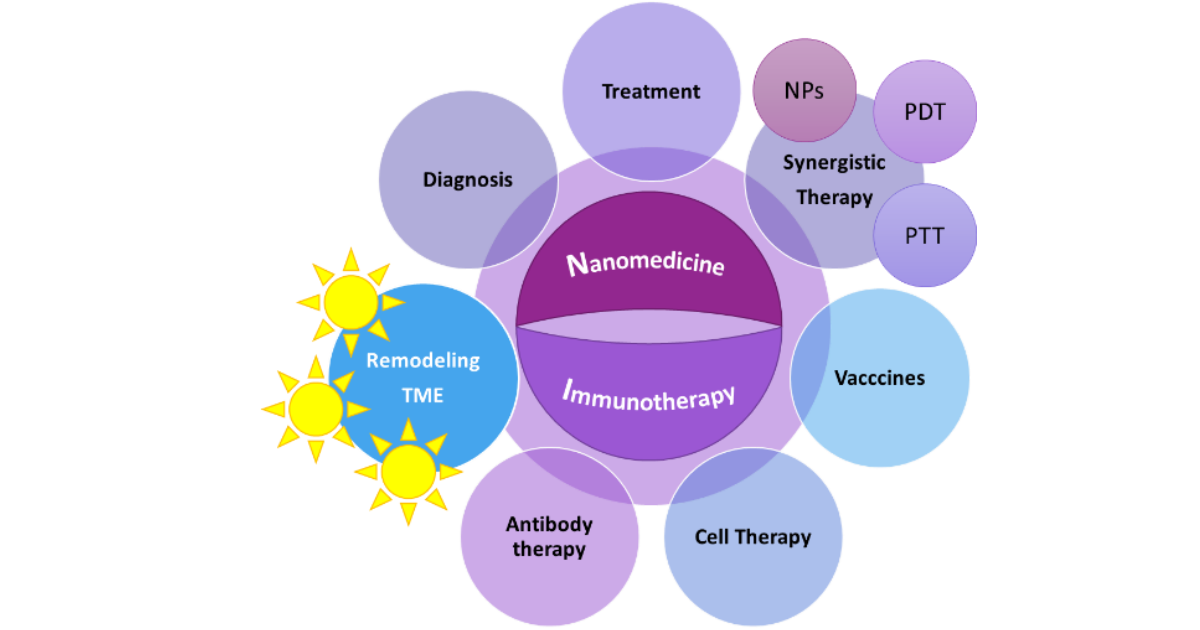Nanomedicine & Immunotherapy: The Grail for Cancer Treatment?
A special issue of Vaccines (ISSN 2076-393X). This special issue belongs to the section "Cancer Vaccines and Immunotherapy".
Deadline for manuscript submissions: 30 September 2024 | Viewed by 1969

Special Issue Editors
2. LAQV-REQUIMTE, Galenic and Pharmaceutical Technology Laboratory, Faculty of Pharmacy, University of Coimbra, 3000-548 Coimbra, Portugal
3. Faculty of Medicine, Institute for Clinical and Biomedical Research (iCBR) Area of Environment Genetics and Oncobiology (CIMAGO), University of Coimbra, 3000-548 Coimbra, Portugal
Interests: nanomedicine; polymer micelles; cancer therapy; gene delivery; micelleplexes
Special Issues, Collections and Topics in MDPI journals
2. LAQV-REQUIMTE, Galenic and Pharmaceutical Technology Laboratory, Faculty of Pharmacy, University of Coimbra, 3000-548 Coimbra, Portugal
Interests: polymeric micelles; micelleplexes; controlled release; gene therapy; cancer; nanotechnology
Special Issues, Collections and Topics in MDPI journals
Interests: nanomedicine; polymer micelles; cancer therapy; gene delivery; NMR spectroscopy
Special Issues, Collections and Topics in MDPI journals
Special Issue Information
Dear Colleagues,
Cancer continues to represent a significant socio-economic and health problem worldwide. Despite the advances in diagnosis and treatment, most patients do not respond to or become resistant to conventional treatments or relapse. The advent of immunotherapy has encouraged patient-targeted treatment. However, some gaps in knowledge remain, namely cancer immune editing/exhaustion issues and adverse immunotoxicity events. Therefore, combining conventional therapies with nanomedicine has gained ground in the scientific community. Nanomedicine explores the potential of applying nanotechnology to medicine via triggering the release of cargos, such as imaging and therapeutic agents, for cancer-patient-personalized diagnosis, treatment, and monitoring. Consequently, merging immunotherapy and nanomedicine may constitute a direction for improving cancer diagnosis and treatment, focusing on cancer cells and the surrounding tumor microenvironment.
This Special Issue aims to compile the most recent advances in the application of immunotherapy and nanomedicine, with a particular focus on their applications in new drug formulations and the regulation of the immune system.
Hence, cordially invite researchers to submit original research or review manuscripts that present up-to-date data on immunotherapy and nanomedicine applications for cancer prevention and management.
Dr. Cátia Domingues
Dr. Ana Figueiras
Dr. Ivana Jarak
Guest Editors
Manuscript Submission Information
Manuscripts should be submitted online at www.mdpi.com by registering and logging in to this website. Once you are registered, click here to go to the submission form. Manuscripts can be submitted until the deadline. All submissions that pass pre-check are peer-reviewed. Accepted papers will be published continuously in the journal (as soon as accepted) and will be listed together on the special issue website. Research articles, review articles as well as short communications are invited. For planned papers, a title and short abstract (about 100 words) can be sent to the Editorial Office for announcement on this website.
Submitted manuscripts should not have been published previously, nor be under consideration for publication elsewhere (except conference proceedings papers). All manuscripts are thoroughly refereed through a single-blind peer-review process. A guide for authors and other relevant information for submission of manuscripts is available on the Instructions for Authors page. Vaccines is an international peer-reviewed open access monthly journal published by MDPI.
Please visit the Instructions for Authors page before submitting a manuscript. The Article Processing Charge (APC) for publication in this open access journal is 2700 CHF (Swiss Francs). Submitted papers should be well formatted and use good English. Authors may use MDPI's English editing service prior to publication or during author revisions.
Keywords
- advanced therapies
- antibody-based therapies
- active and passive tumor targeting
- cancer
- conventional chemotherapy
- immune system
- immunotherapy
- immunotoxicity
- nanomedicine
- nanoparticles
- nanotoxicity
- Tumor Immune microenvironment (TIME)
- Tumor microenvironment (TME)
- vaccines








